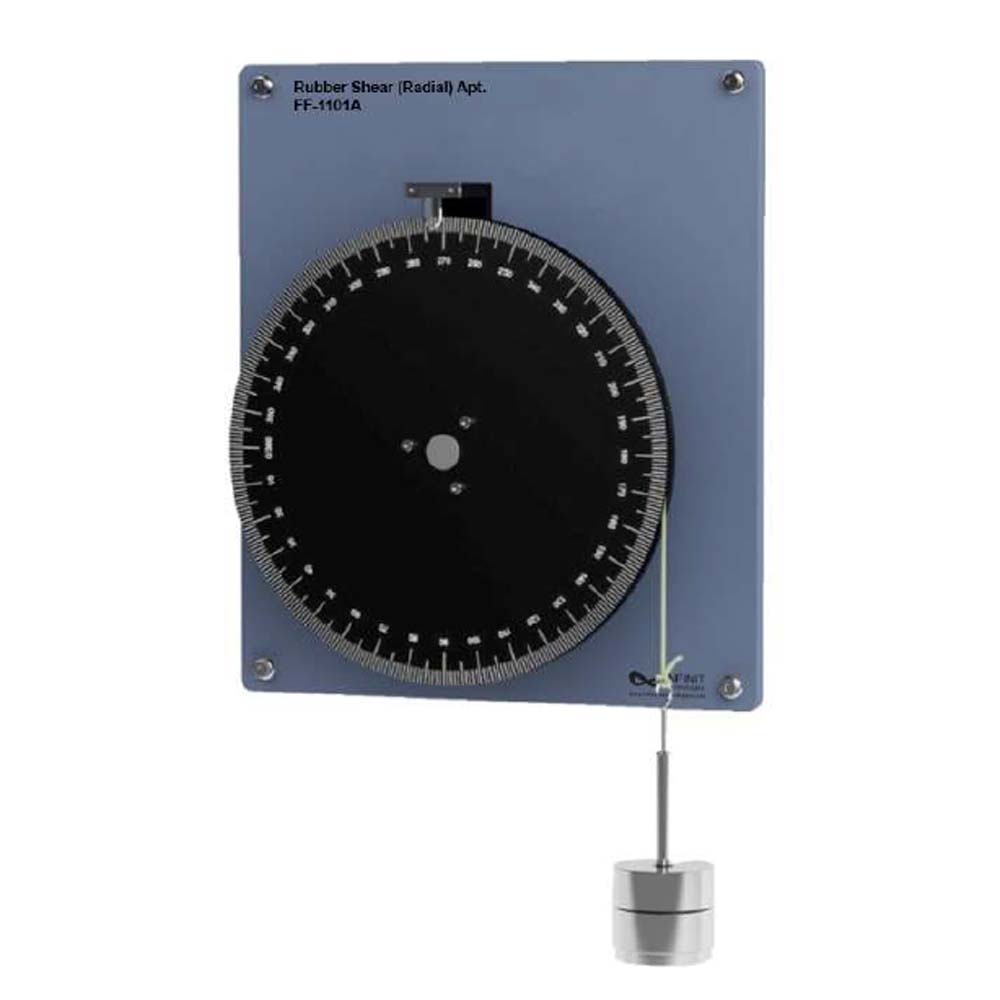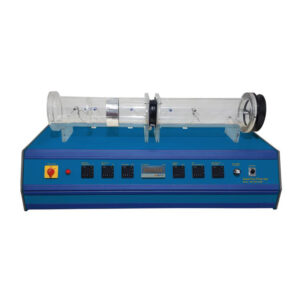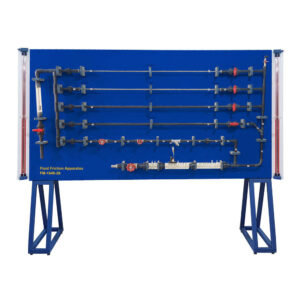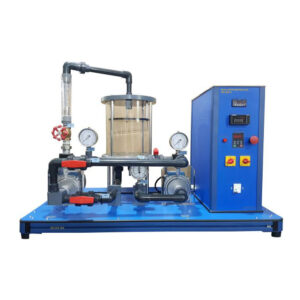This apparatus consists of a rubber cylinder that is fastened between two aluminium alloy plates. One plate is fixed to the wall with HDF, while the other plate has shear load applied to it by loaded weight through the round plate which has a pointer and degrees printed on it. The round plate is used to find out the angle of rotation of the cylindrical block when torque is applied to it. Rubber is used as shear body as it isolatesvibrations. This is because it absorbs the shock energy from the vibrations and deform. This is also why rubber blocks in shear force are used in engines and in equipment mounting. After conducting experiments with this apparatus, students will understand the flexible behavior of rubber. Students will find out that rubber in engineering terms is not as ‘elastic’ as steel and often exhibits a high degree of hysteresis.
Experiments
- To determine the variation of rotation with applied load.
- To investigate the relationship between shear stress and shear strain.
- To find the modulus of rigidity of the rubber cylindrical block.
Specifications
- Rubber cylinder dia: 75mm, L=100mm
- Round plate: 0~360o with pointer
- Maximum load: 9kg




